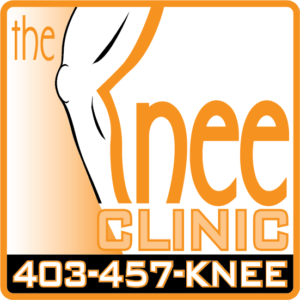What Are The Benefits of Cosmetic Botox / Xeomin
Cosmetic Botox, a form of Botulinum toxin, has become a popular non-surgical procedure for reducing wrinkles and improving facial aesthetics. This article delves into its benefits, supported by scientific references.
- Reduction of Facial Wrinkles:
Botox’s primary use in cosmetics is to reduce the appearance of facial wrinkles. According to Carruthers & Carruthers (2009) in the Journal of the American Academy of Dermatology, Botox works by temporarily paralyzing the muscles responsible for wrinkle formation. This effect smooths out lines, particularly around the forehead, eyes, and mouth. The authors noted significant improvement in the appearance of wrinkles with minimal side effects.
- Treatment of Hyperhidrosis:
Beyond cosmetic applications, Botox has been effective in treating hyperhidrosis, a condition characterized by excessive sweating. Hexsel et al. (2009) in Dermatologic Surgery highlighted its effectiveness in reducing underarm sweating. The toxin temporarily blocks the nerves that stimulate sweat glands, thus reducing sweat production. This application offers a life-changing solution for those suffering from this condition.
- Minimally Invasive with Fast Recovery:
One of the significant benefits of Botox is its non-invasive nature. According to Small (2014) in the Journal of Clinical and Aesthetic Dermatology, unlike surgical procedures, Botox injections are quick, with patients often returning to their normal activities immediately. This convenience, combined with its effective results, makes Botox a preferred choice for many seeking cosmetic enhancements without the downtime of surgery.
- Psychological Benefits:
Cosmetic improvements from Botox can also have psychological benefits. A study by Lewis & Bowler (2017) in the Journal of Cosmetic Dermatology found that patients who received Botox reported improved self-esteem and mood. The reduction in visible signs of aging not only enhances physical appearance but also positively impacts mental health, contributing to overall life satisfaction.
In conclusion, cosmetic Botox offers several benefits, from reducing facial wrinkles and treating hyperhidrosis to being minimally invasive with quick recovery. Its psychological benefits further enhance its appeal. However, it’s important for individuals considering Botox to consult with qualified professionals to understand the risks and ensure it’s suitable for their specific needs.

